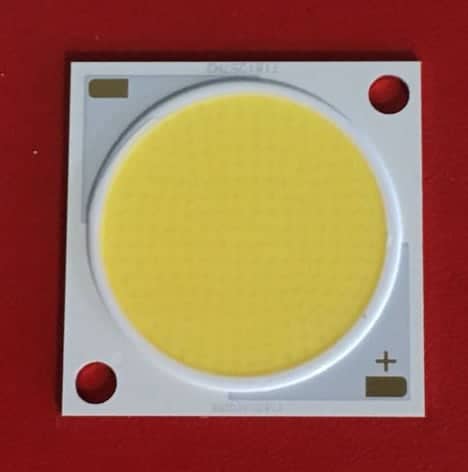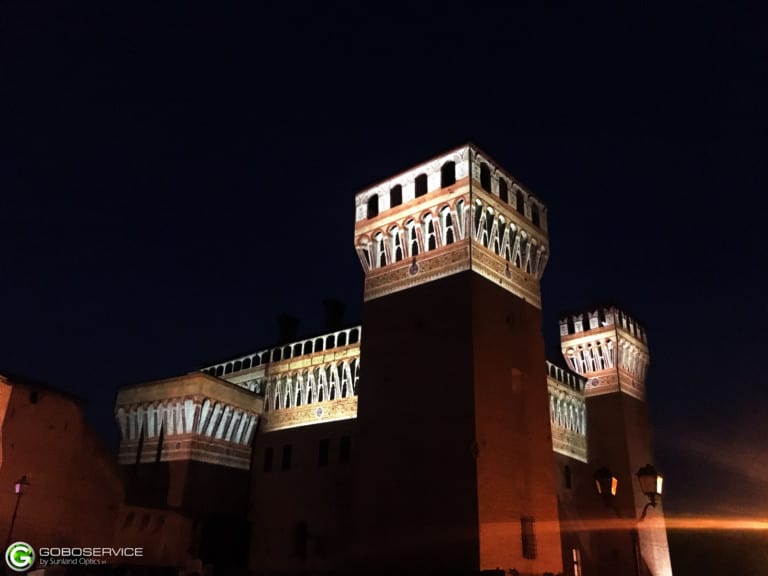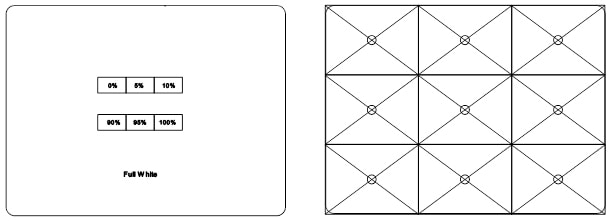When we speak about LED lamps we actually mean LED luminaires that today are mainly of two types: SMD and COB.
LED (or light emitting diode) is a light source based on a semiconductor diode. When it is on, the electrons are able to recombine with the “holes” inside the diode, releasing energy in the form of photons: this effect is called electroluminescence.
Both SMD and COB are made of different diodes, however the COB has a single circuit.
LEDs have many advantages over incandescent light sources, including:
• longer life: LEDs have a relatively long useful life, up to 10 times longer than HID lamps. This is declared by producers in the values of 50,000 and / or 100,000 hours. Actually the emission of the flow is constant for about 30,000 hours, after which the LEDs show a reduction in the light emission. In fact, the LEDs just become weaker over time, unlike incandescent lamps that burn out suddenly;
• low energy consumption;
• smaller dimensions: LED sources are compact, which allows flexibility in the design of the projector;
• shock resistance: LED sources do not contain tube lamps that can break, and their internal parts are firmly fixed which makes these lamps more resistant to vibrations and external impact than discharge lamps (very fragile, especially when they are hot);
• reduced operating temperatures: LEDs emit very little heat in the form of IR and UV rays. The dispersed energy is dissipated in the form of heat;
• reduction of maintenance costs: although LED lamps are more expensive than traditional ones, this choice is winning in terms of convenience, because the investment is completely amortized over the long term thanks to superior energy efficiency, savings in terms of consumption and need for bulb replacement;
• low toxicity: unlike HMI lamps, LEDs do not contain mercury;
• cycle: LEDs are ideal for applications that require rapid switching, for flash effects that are impossible to reproduce with HID lamps as they take more time before switching on again;
• dimming: thanks to the electronic circuit that drives the LED lamp, this can be easily dimmed without the need for external dimmers, ensuring spectacular fade in and fade out effects;
LED efficiency decreases with increasing temperature, which limits the wattage that can be achieved in lamp production. A part of the electricity in a LED turns into heat instead of light. If this heat is not removed, the LED will operate at a higher temperature than normal, which reduces its efficiency and reliability. This is why LEDs require a more precise heat dissipation than in traditional light sources: in fact, LEDs also produce heat, albeit minimal, and designing the equipment correctly is essential.
Another difficulty in making a projector for LED images is the wide angle of light emission from the LED source. If we take for example a COB Led, now widely used in various applications, we will see that it emits light with an opening of almost 180 °. This is a great feature for general lighting but it might be a problem when you have to create a spot light effect or you need the light to be focused on the gobo. The final efficiency of the lighting system will therefore depend not only on the lumens/watt of the LED source, but also on the cooling system and on the downstream optical design.

Goboservice by Sunland Optics have always pursued the philosophy of maximum energy efficiency paying special attention to the design of all their projectors and dedicating a long phase of various studies to offer a product with the best characteristics in terms of light efficiency, reliability and image quality. For instance, Goled, the latest of LED series, being a small projector with 27Watt COB LED is able to develop 625 lux at 4-meter distance with 24 ° optics.







